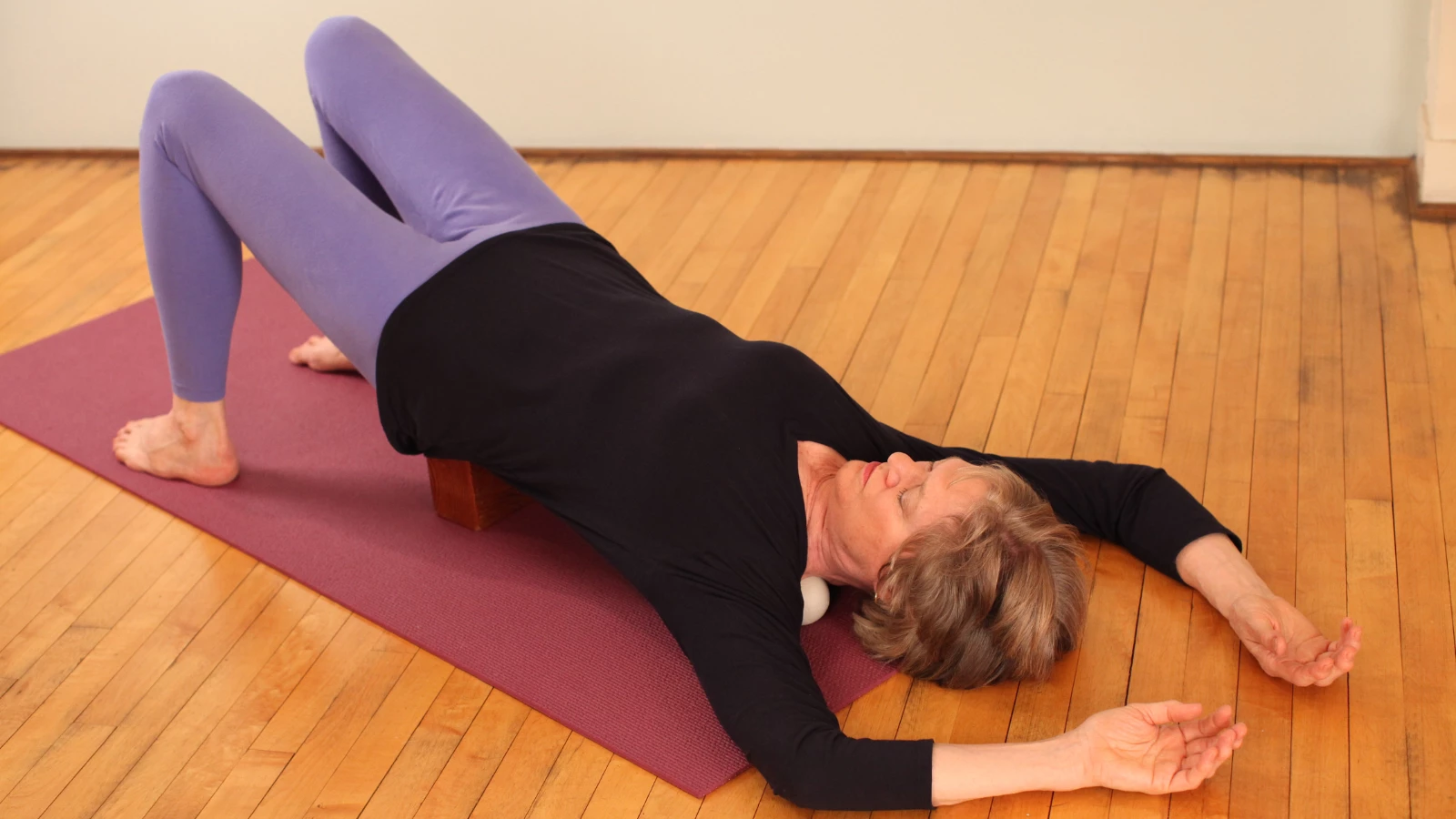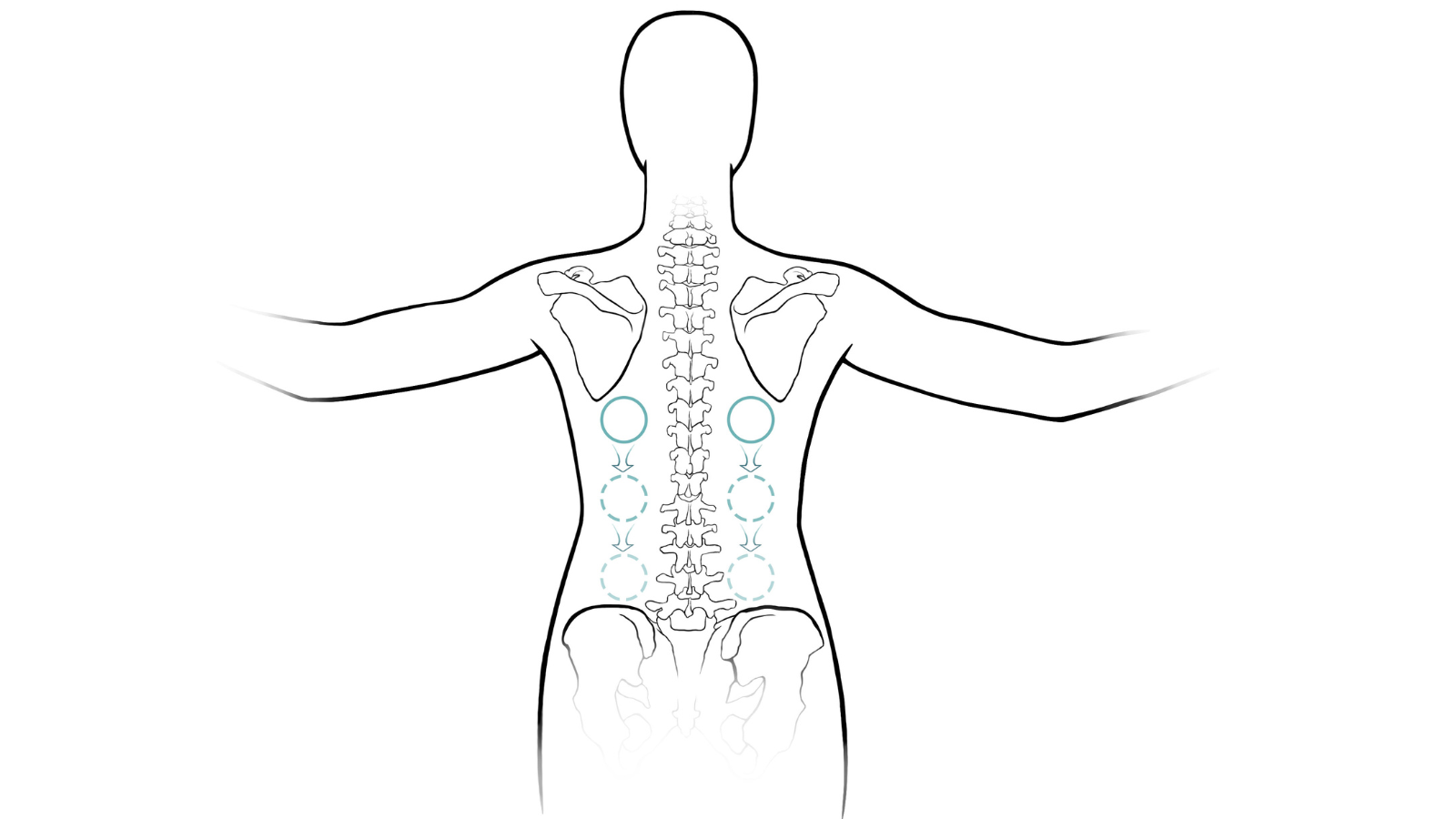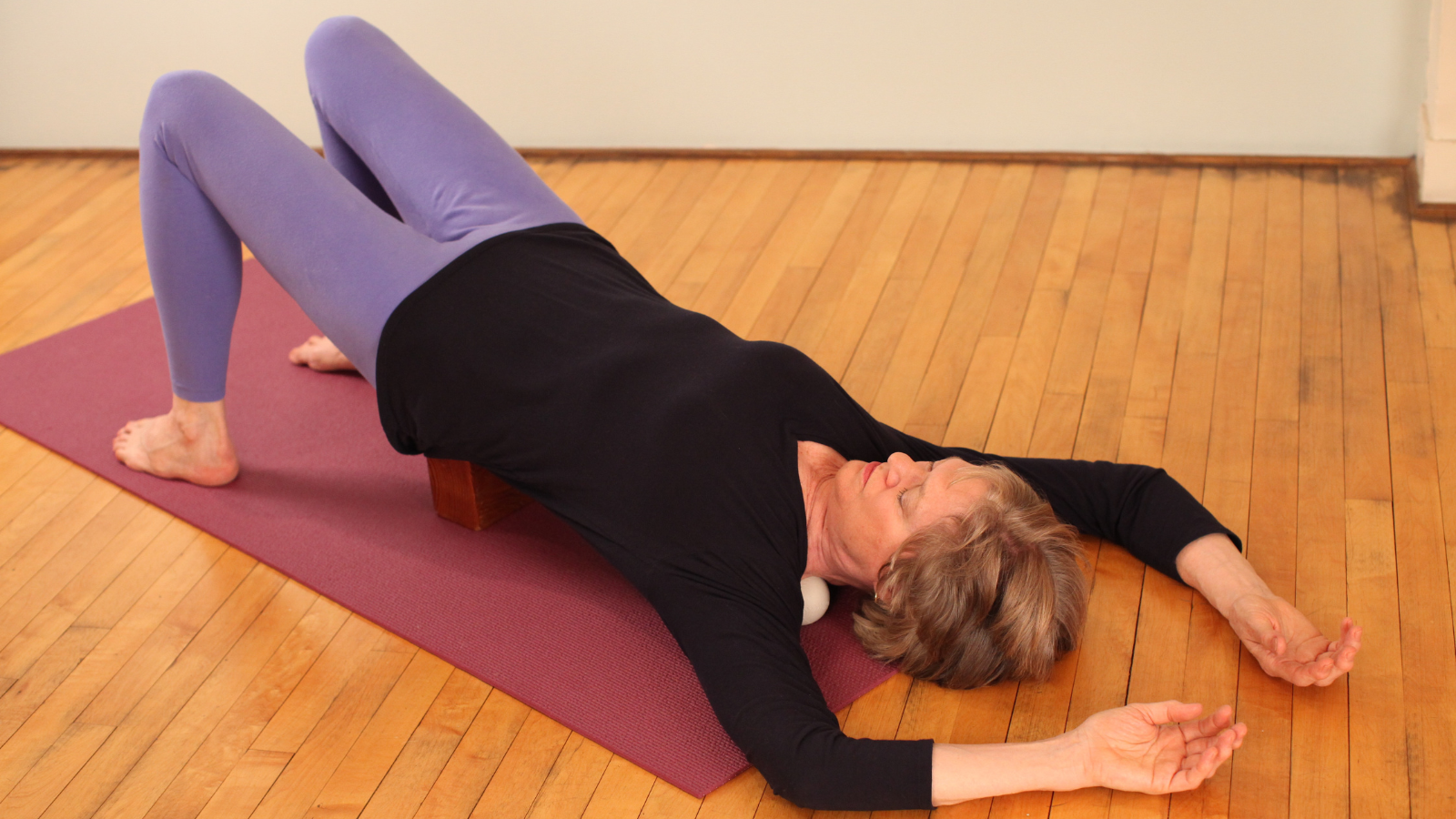Swadhyaya: Refine Your Body Awareness

Article At A Glance
Swadhyaya is a fundamental yoga practice, usually translated as “self-study.” The highest meaning of this is to understand who you are—a lifelong process of understanding your deepest beliefs, your aspirations, your talents, your preferences, your challenges, your character traits, and your spiritual self. It also can mean: what is your life expression at the current moment? What is happening in your body and your mind right now?
We all know that practicing yoga asana increases our body awareness. But what if you could connect with your body directly, honestly, and non-judgmental way before beginning your asana practice? Rather than rushing onto your mat with a task-oriented attitude, and doing a series of poses that may or may not suit your body and mind at that moment, take time to feel your body, sensing its mood and its needs at this particular moment. With that prelude, we can avoid multiplying and strengthening habitual tension patterns. We start fresh every time, acknowledging the realities of our state without judgment.
How to Begin Your Yoga Practice with Swadhyaya
A few breaths in a comfortable position is the first step. You could be sitting, standing, or lying down. Set an intention to allow the breath to reveal what’s going on in your body today. Then you can add some exploratory movements, starting with those that are invited by the breath. As you move slowly, you’ll recognize which areas of the body feel tight or restricted or even in pain, which parts feel vibrant and strong, and which parts feel “neutral.” Even just a few minutes of this slow movement attunes your mind-body connection right now and probably releases some tension. We are made to move.
 Tapping your body with soft fingertips is a very good way to wake up your sensory nerves. Tap your arms, legs, belly, chest, and head wherever you can reach. Notice the buzz of aliveness!
Tapping your body with soft fingertips is a very good way to wake up your sensory nerves. Tap your arms, legs, belly, chest, and head wherever you can reach. Notice the buzz of aliveness!
Once your skin and superficial muscles are awake, the next step could be to go deeper and release the chronically tight spots to start your practice from a place of optimum freedom.
Practice Swadhyaya with Bodymind Ballwork
Working with rubber balls is very popular now in many fitness contexts, helping to release tension in the muscles and fascia, bringing an immediate increase in circulation. The style of ballwork I’ll describe below is Bodymind Ballwork. It’s simple yet powerful. You’ll feel more centered, calm, alert, and fully present in your body, even after only a few minutes. Choose the area of the body that is calling out to you, and begin. It will only take a few minutes to allow the balls to stimulate more awareness and prepare you for yoga. See below for resources.
How to Practice Bodymind Ballwork
Here’s one example of a ballwork technique that works well as a warmup for asana practice.
Balls Along the Spine: A 10- to 15-Minute Practice
- For this, you need two balls of equal size and texture. My favorite is the baseball size, made of solid rubber. You can also use a slightly larger one, more like fist-sized, and it can be hollow for less intense pressure. Tennis balls work but may slip around because of the fabric covering.
- Place one ball on each side of the spine. If you start up at your shoulders, I recommend having your arms off the floor, elbows bent, and pointing upward. The shoulder blades move apart in this position, making space for the balls. You can place a block under your hips for more pressure. (See illustrations above and below)
- You will work on one spot at a time, spending a few minutes moving your arms slowly or moving your torso slowly from side to side. The movement changes the angle of the pressure of the balls and creates some beneficial traction in the soft tissue.
- There are three or four spots in the shoulder blade area, then five or six more in the middle and lower back, and then several good spots at the back of the pelvis. These spots are depicted in the illustration. Let your intuition be your guide, and be sure to move slowly. The whole process can take 10 to 15 minutes or more.
- When you are finished, remove the balls and feel the difference. Is your back more alive? Ready to provide the core support for the limbs and yet be able to move? Is your breath more easeful? Do you feel more connected with yourself? Now you’re ready for whatever your yoga practice will be today.

A YogaUOnline Course with Ellen Saltonstall –Yoga and Myofascial Release: The BodymindBallwork Method.
Also, read...
4 Yoga Poses to Strengthen the 4 Muscles of the Rotator Cuff
Welcome Warmer Weather! An Outdoor Yoga Sequence
Related courses
Keys to Finding Inner Strength: A Yogic Wisdom Path to Developing Greater Resilience
Somatic Yoga for Fascial Unwinding

 Ellen Saltonstall (E-RYT 500, C-IAYT)is a yoga instructor and body therapist based in New York with extensive training in the Iyengar and Anusara methods. She has been a practitioner of yoga and meditation for over 40 years. She teaches Bodymind Ballwork, a method of self-massage using rubber balls which she developed. She co-authored Yoga for Arthritis, 2008, and Yoga for Osteoporosis, 2010 with Dr. Loren Fishman. She has published two other books: Anatomy & Yoga: A Guide for Teachers and Students (Abhyasa Press, 2016), and The Bodymind Ballwork Method: A Self-Directed Practice to Help You Move with Ease, Release Tension, and Relieve Chronic Pain (North Atlantic Books, 2018). She offers yoga therapy webinars through YogaUOnline.com, and she teaches nationally and internationally with a specialty in anatomy and therapeutics. She is known for her clarity and depth of knowledge, and her enthusiasm in encouraging students of all levels to find freedom and joy through yoga. Please visit her website at www.ellensaltonstall.com.
Ellen Saltonstall (E-RYT 500, C-IAYT)is a yoga instructor and body therapist based in New York with extensive training in the Iyengar and Anusara methods. She has been a practitioner of yoga and meditation for over 40 years. She teaches Bodymind Ballwork, a method of self-massage using rubber balls which she developed. She co-authored Yoga for Arthritis, 2008, and Yoga for Osteoporosis, 2010 with Dr. Loren Fishman. She has published two other books: Anatomy & Yoga: A Guide for Teachers and Students (Abhyasa Press, 2016), and The Bodymind Ballwork Method: A Self-Directed Practice to Help You Move with Ease, Release Tension, and Relieve Chronic Pain (North Atlantic Books, 2018). She offers yoga therapy webinars through YogaUOnline.com, and she teaches nationally and internationally with a specialty in anatomy and therapeutics. She is known for her clarity and depth of knowledge, and her enthusiasm in encouraging students of all levels to find freedom and joy through yoga. Please visit her website at www.ellensaltonstall.com.



